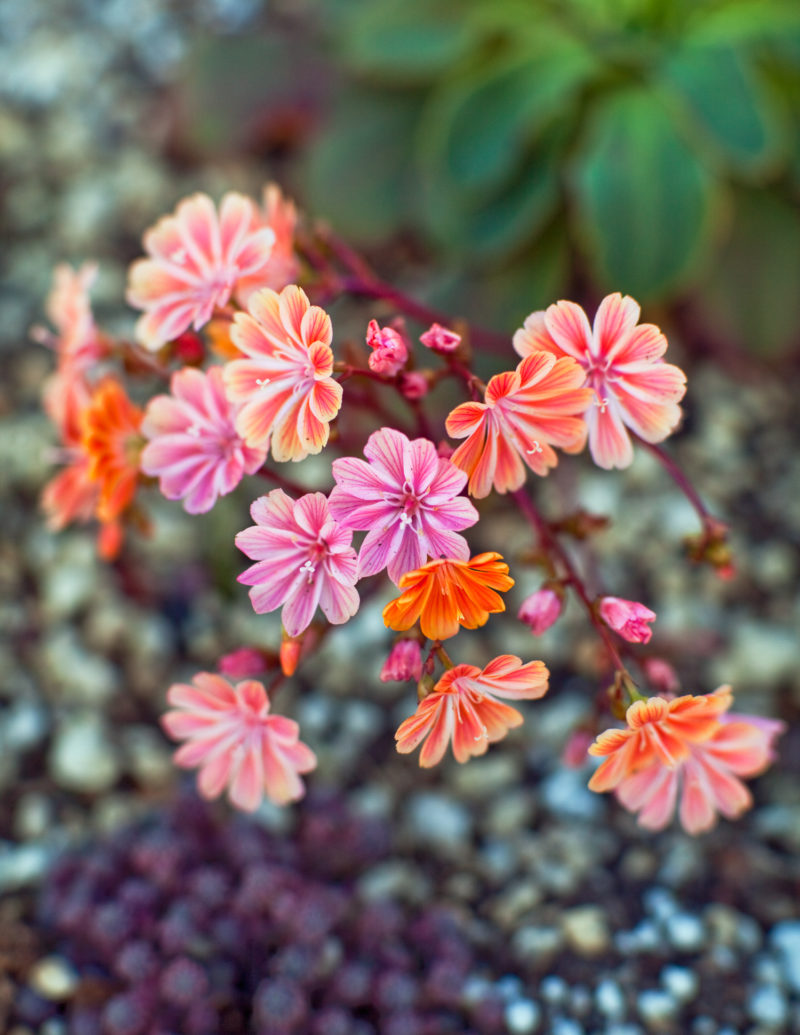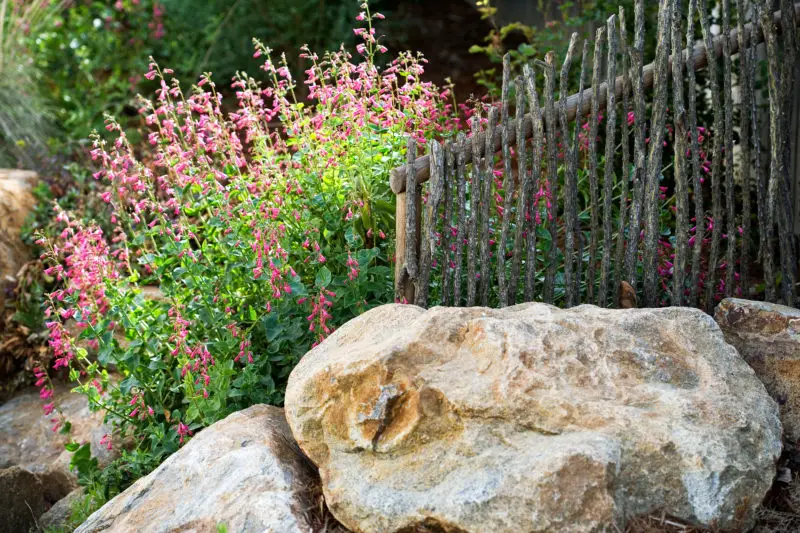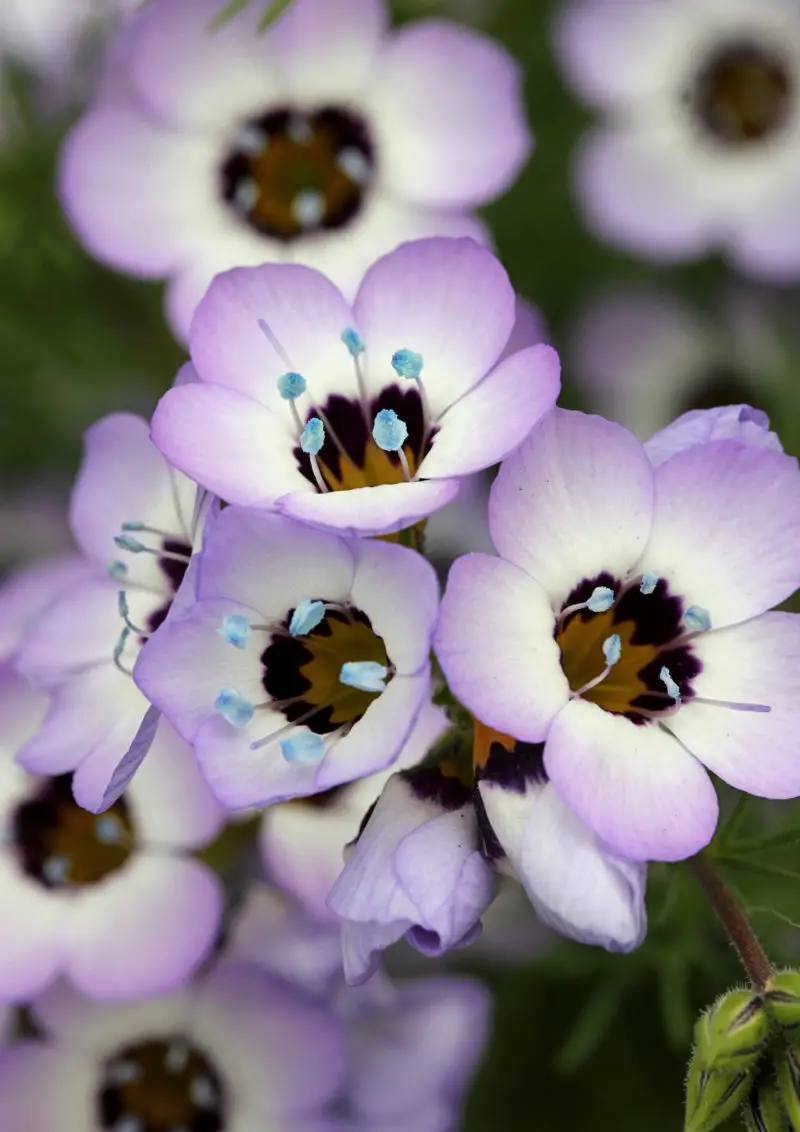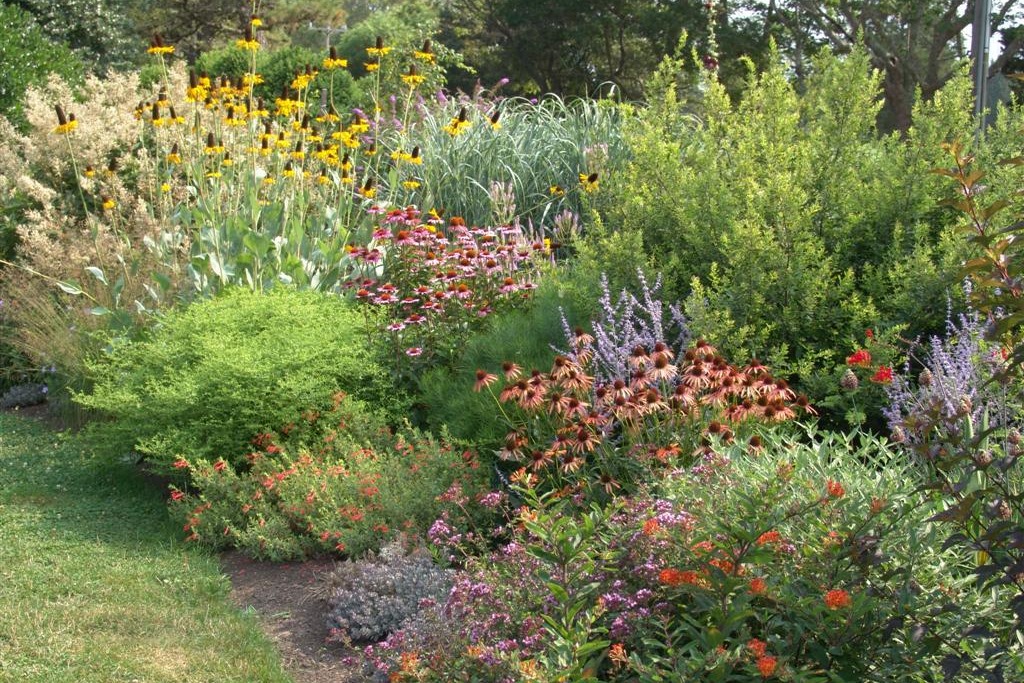One of the most frustrating experiences in gardening, landscaping, and lawn care is the inability to keep plants alive and thriving. We discover them and get excited about how they’ll fit into our plans, but sometime after planting they struggle and maybe even die. It may be the first winter, the first summer, the first dry spell, or the first wet spell, but somewhere along the way, they let us down.

via sunset
While there are a lot of factors in play when a plant dies, one reason that many of them fail to thrive is that they are not adapted to the climate where they are planted. It is vital to purchase seeds and plants that can tolerate the specific conditions in the geographic area where they will be planted. If you don’t, your plants will fall victim to disease, heat, cold, drought, or dampness. For that reason, your best option is to choose plants that are native to your area.

The first step in accomplishing this is to know and understand your USDA hardiness zone. Finding yourself on this map will give you a good idea of what plants will do well in your part of the world. You’ll know that the plants you’ve chosen can be expected to grow well in your conditions.
However, even that is not enough. The source of your plants is just as important. Many companies offer products that they market as “native” plants, but they may not specify just where they are native. Every plant is native to somewhere, but it’s important to know if that somewhere includes your area.

Using locally-adapted plants is important in any application, but it is even more important when the plants have a function. For example, if you are attempting to control erosion with vegetation, you should shop with a native seed company with a good reputation and an established background in native plants. Failure of your plants to establish properly in this situation could lead to costly and destructive erosion, so follow a good plan for establishing vegetation that is suited for the long haul.

via Sunset
Vegetable gardens are also an important location where native plants are important. The precision needed to pinpoint temperatures, rainfall, fertilizer, and disease management cannot be achieved with a plant that’s best-grown hundreds of miles away in another climate. With the proliferation of online seed companies, it can be very easy to choose varieties that are not likely to fare well in your area. As you flip through their catalogs or navigate through their web pages, make sure you’re always attentive to hardiness zones as well as to the specifics of your site, such as soil drainage, sunlight exposure, and cropping history.
Finally, landscaping requires careful attention to adaptation. Remember that there is a big difference between surviving and thriving. You might be able to plant a marginally-adapted plant and at least keep it alive, but will it impress you? Will it flower as abundantly as you want, or will it grow to the appropriate size? Will it create and sustain enough leaf cover to provide shade and to create a full appearance? When you choose plants not adapted to your area, you will struggle to get the great-looking landscape that you dream about, so it is essential to get native plants that will be at peak performance in your landscape.

Our lawns, gardens, and landscapes provide everything from beauty to food to functionality. It can be very tempting to lose focus and utilize plants that are best suited for a different climate, so as you think about your options for plants, be sure to stick with native species. They will grow better, yield better, perform better, and simply look better than other plants. You’ll see better results, less frustration, and lower costs.
Thanks to granite seeds for contributing to this post!

Leave a Reply